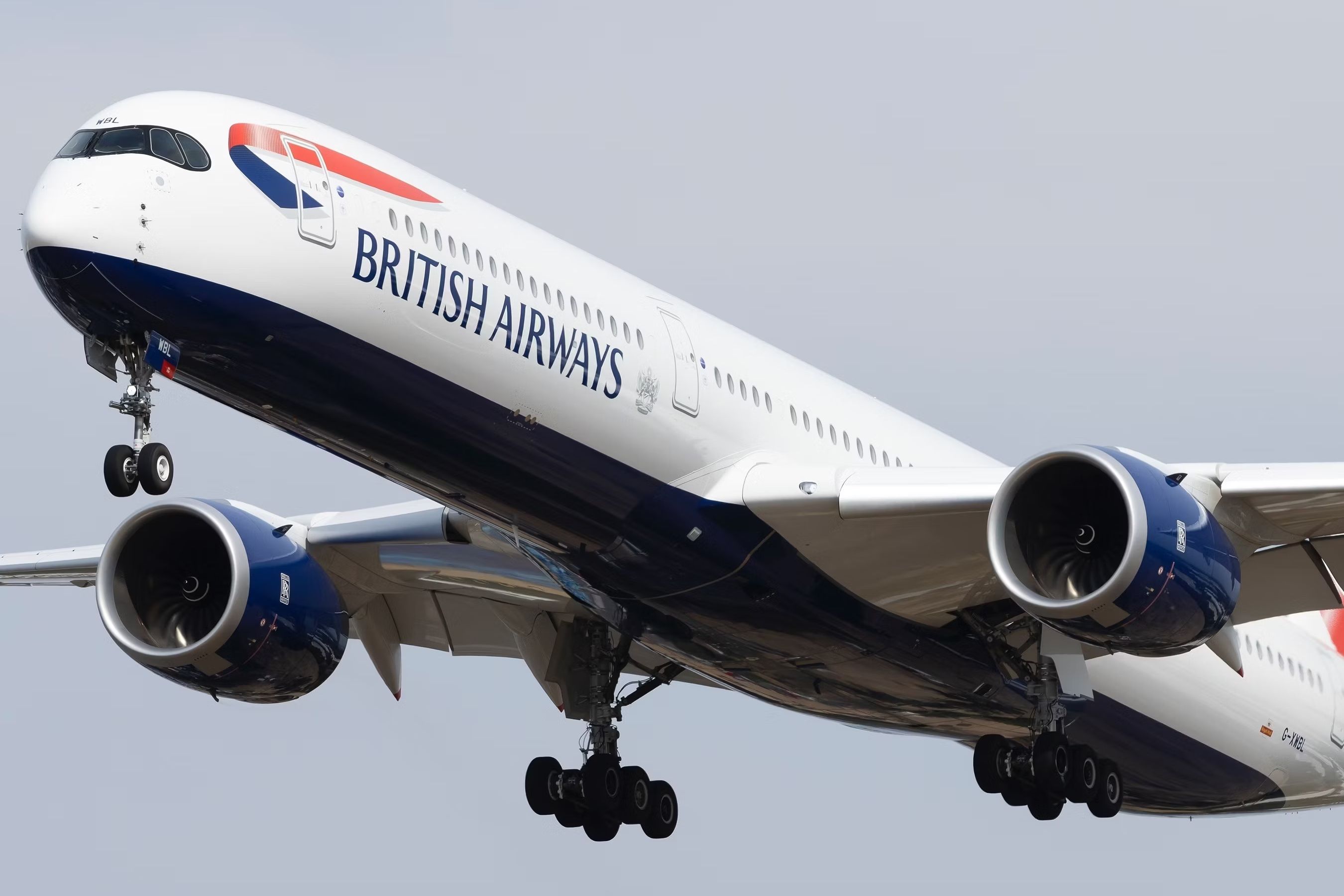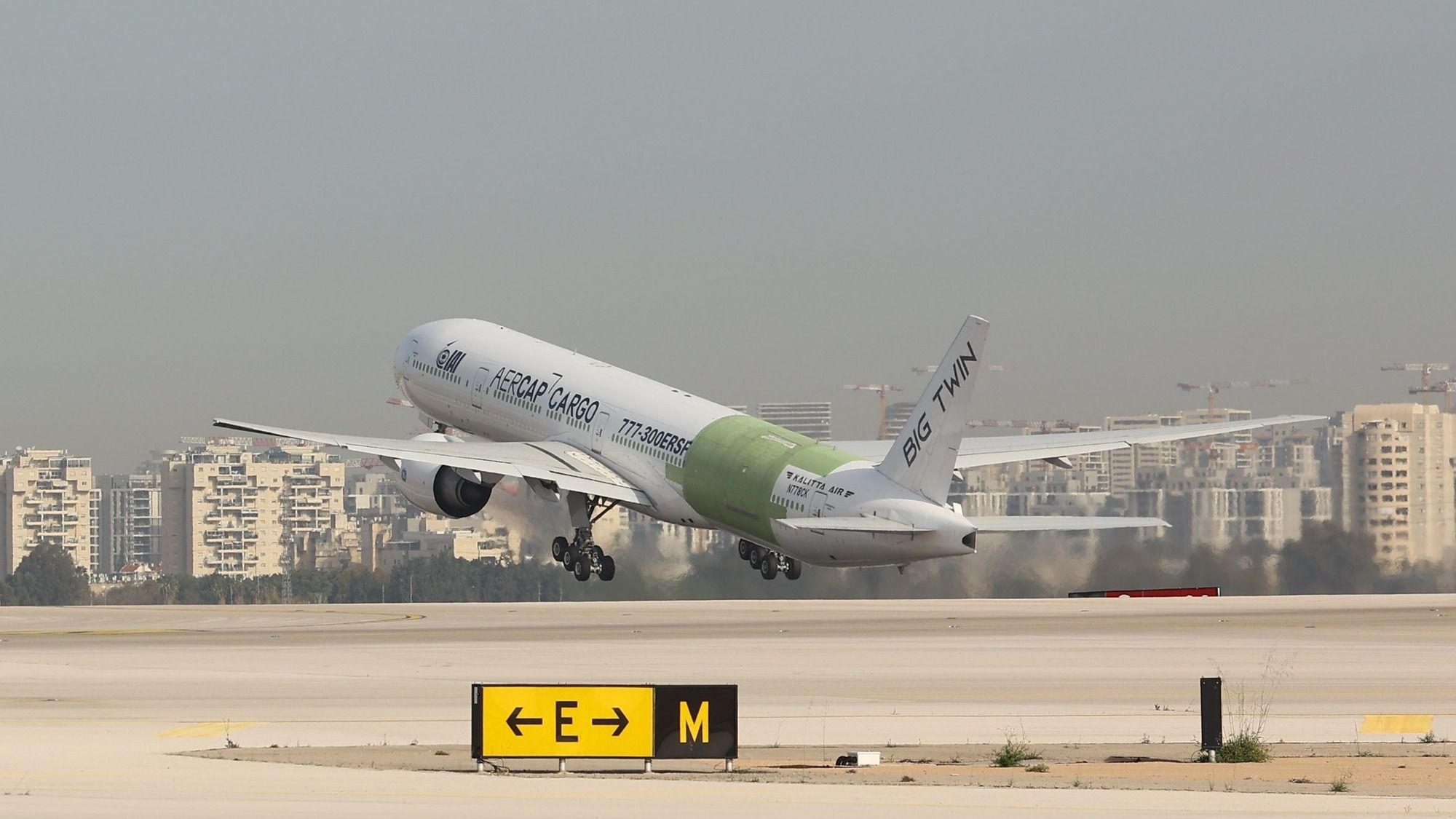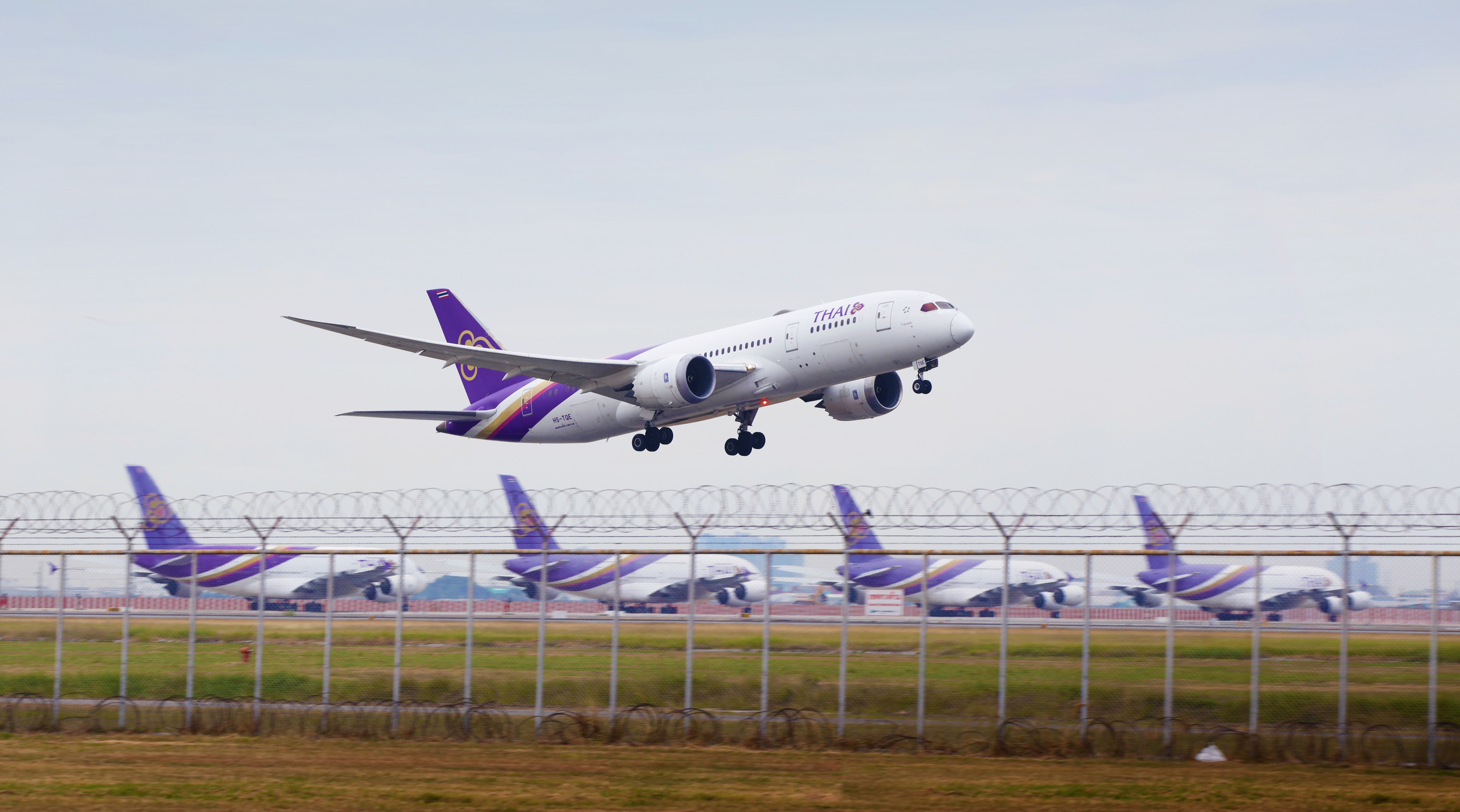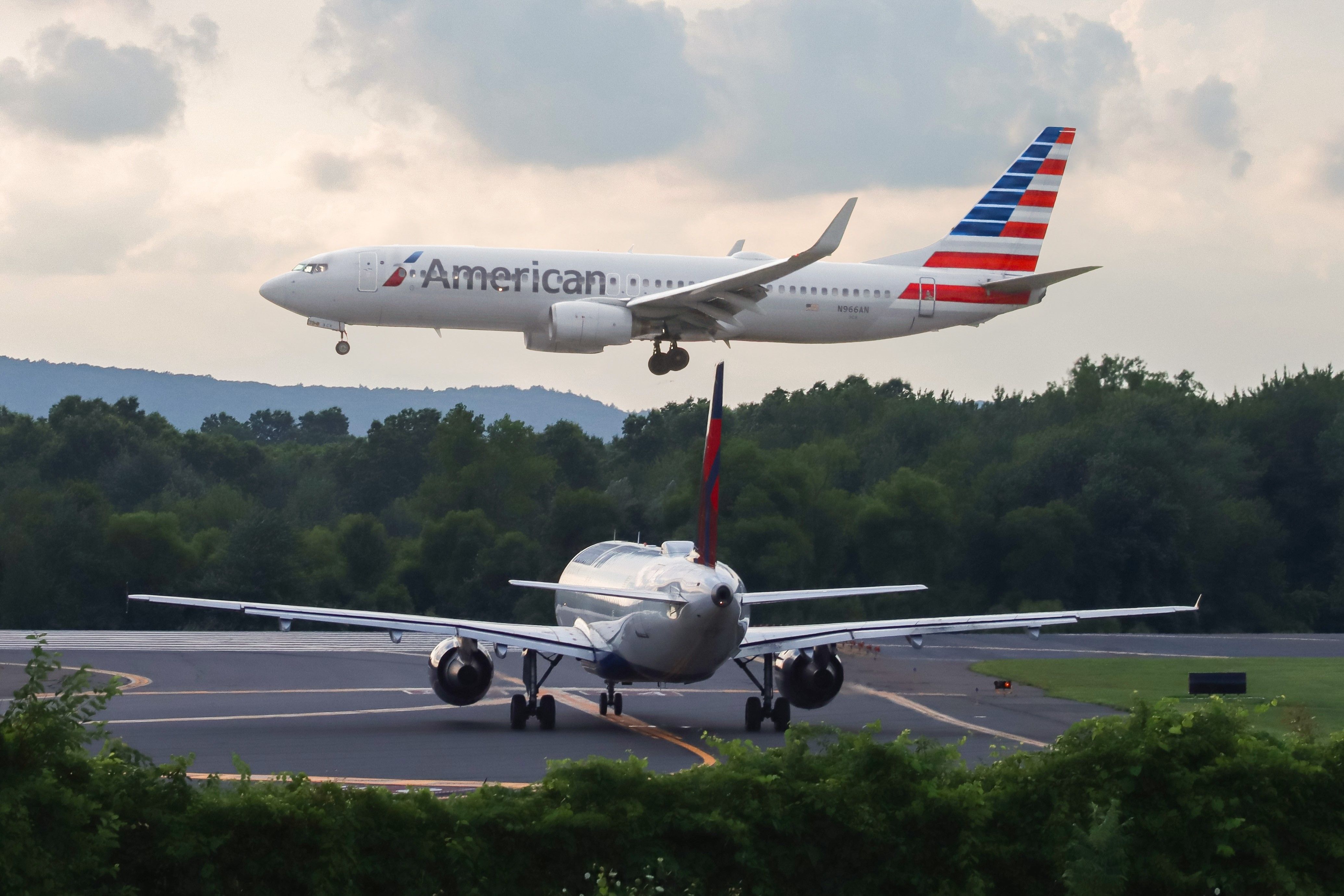Summary
- Aircraft take off and land into headwinds to reduce required speed, save fuel, and improve performance.
- Landing into headwinds allows planes to slow down faster, reach taxiing speed quickly, and avoid premature brake wear.
- Prevailing winds can impact the success of a flight by reducing time and fuel expenditure, but not all winds are beneficial.
Wind is an essential consideration for pilots when configuring an aircraft. At any point during a flight, pilots keep a close watch on the wind, including its speed, direction, and proximity. Pilots aim to take off and land into the wind to minimize the required speed for takeoff or landing. The windspeed can dictate the takeoff and landing speed, thereby having an effect on the overall performance of the aircraft.
Minimum takeoff speed
While it might seem odd, all aircraft try to fly against the wind when taking off. The reasons lie in the physics of action-reaction and aerodynamics. When taking off into the headwinds, the oncoming force on the wings causes an upward thrust, allowing the aircraft to actually become airborne at a lower speed.
We know from Newton's third law of motion that any force on an object will cause an equal force in the opposite direction. The additional force on the wing forces them up, allowing pilots to require less thrust on takeoff, saving time and fuel at this initial stage of flight.
The wind also creates a region of low pressure over the top surface of the wing due to the difference in design with the bottom, according to CNTraveler. This aerodynamic design means the low-pressure region forces the wing upwards when headwinds are present, further reducing the takeoff speed needed.
However, after takeoff, pilots will try to move to a route that provides a tailwind, pushing the plane along its path rather than pushing it back throughout. Airports use years of climatology reports to plan their runway directions to ensure flights are able to get tailwinds as often as possible. This is why runway headings and their corresponding compass directions on runways are so important for aircraft.
What about landing?
The same principle largely applies to planes returning to the ground as well. By landing into a headwind, the airframe is pushed back and slows down faster, allowing pilots to reach taxiing speeds much faster and without wearing out their brakes prematurely. Moreover, the landing speed is also reduced, allowing for a safer touchdown onto the runway.
Once the plane reaches taxi speed, it can quickly turn off the runway and to its gate. If needed, airports can also reverse the direction of runways to match the prevailing winds. This happens more rarely since they can usually predict weather phenomena in advance, but it remains an option if required.
The direction of the wind matters a lot
Looking beyond takeoffs and landings, the direction of prevailing winds can determine the success of a route. A strong tailwind brings down the time taken on a flight and lowers fuel expenditure, since pilots burn less in order to reach the destination on time. However, in the era of ultra-long-haul flights and carriers pushing jets to their (safe) limits, the wind has been in the news.

Heathrow Chaos: Flights Cancelled & Delayed After High Winds & Staff Absences
Visitors to London's biggest airport encountered many delays.Air New Zealand's new flagship route from Auckland to New York has struggled with strong headwinds, forcing the Boeing 787 to either reduce payload (most by removing passenger luggage) or even make a technical stop to refuel. This is hardly what passengers hope for from a direct connection, but there is little that airlines can do about it without (even) longer-range aircraft.
Indian budget carrier IndiGo has had to make similar sacrifices in the past with its Delhi - Istanbul route, which is flown by the narrowbody Airbus A321neo. While these issues tend to normalize once optimal weather conditions are reached (as planned for), they do highlight the role wind plays in operations on a day-to-day basis as well
Get all the latest aviation news right here on Simple Flying
Not all wind is good
It's important to note that, while headwinds are useful at the start and end of flights and tailwinds during the cruise, not all winds are good. Crosswinds are a good example, as these perpendicular winds cause the plane to lose balance, creating the violent scene seen in stormy landings. Overall, managing the wind is a delicate art for pilots and operations, and they always avoid trying to get blown away.
Did you know about how planes use wind to their advantage? Let us know in the comment section!




.jpeg)